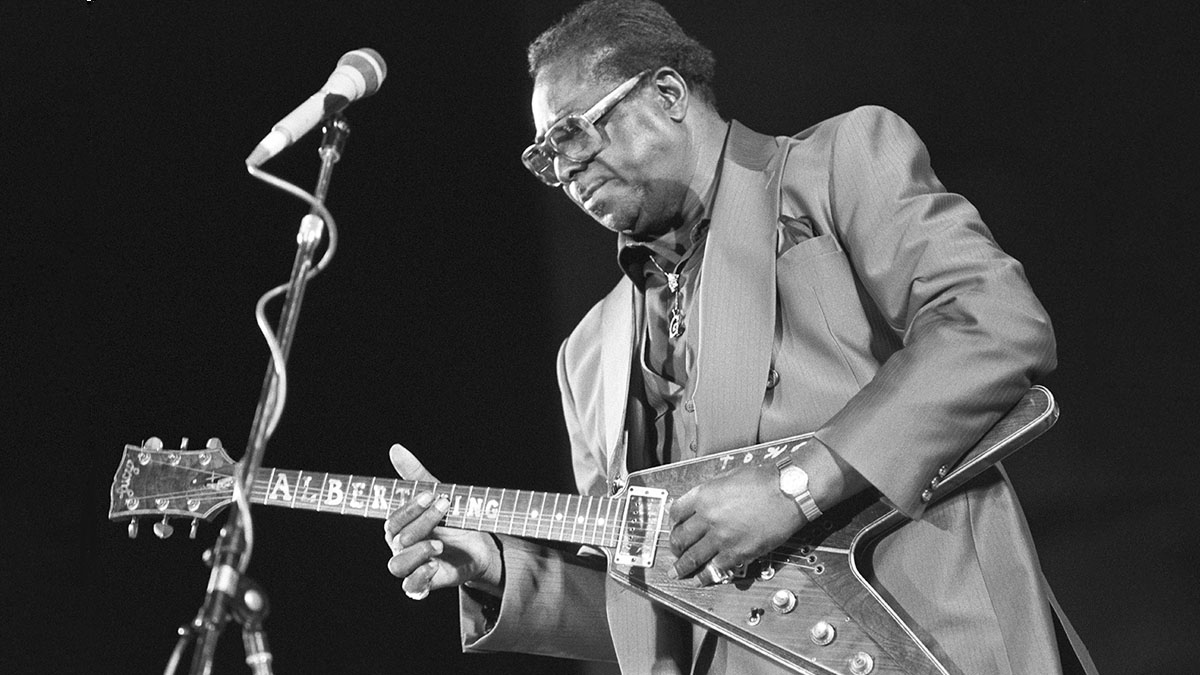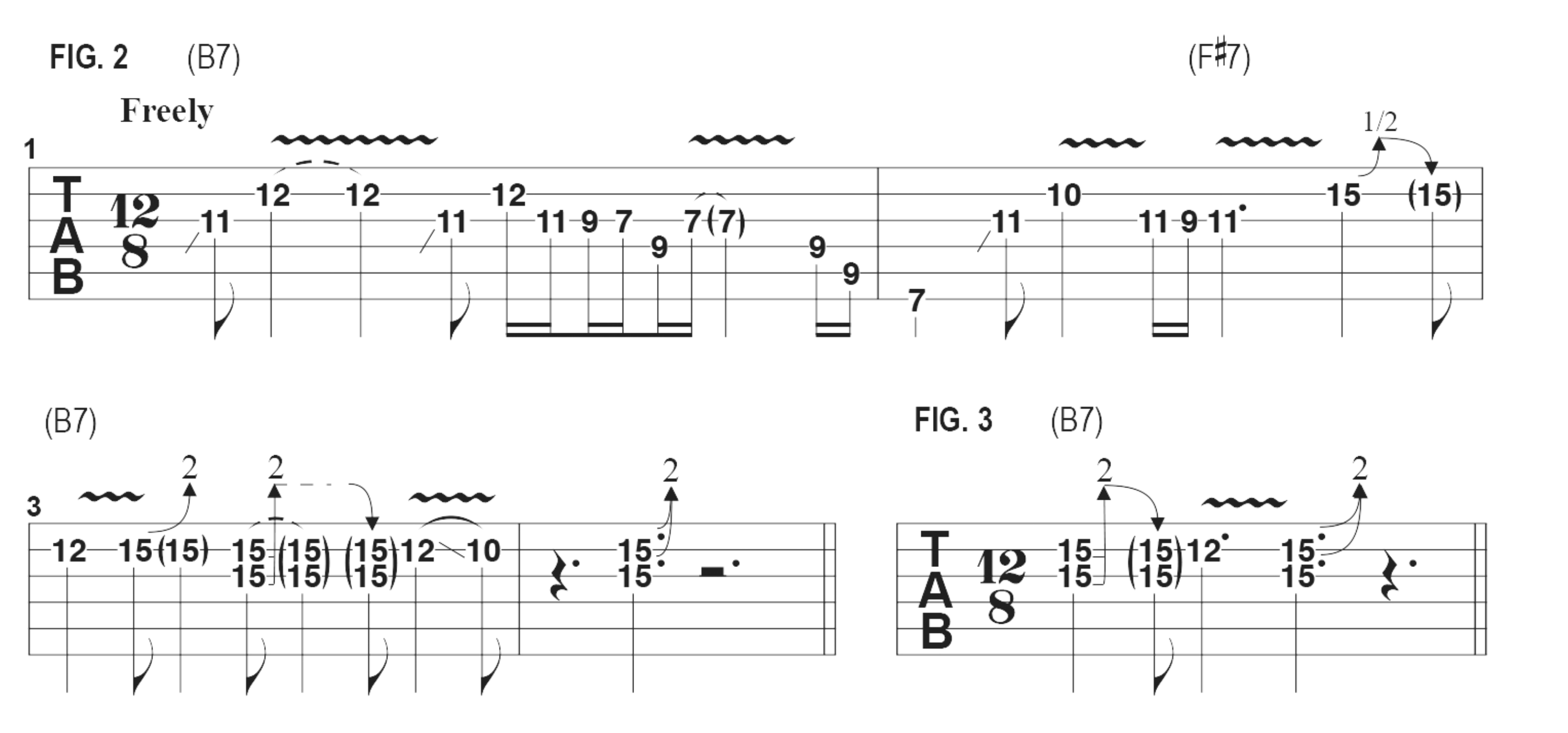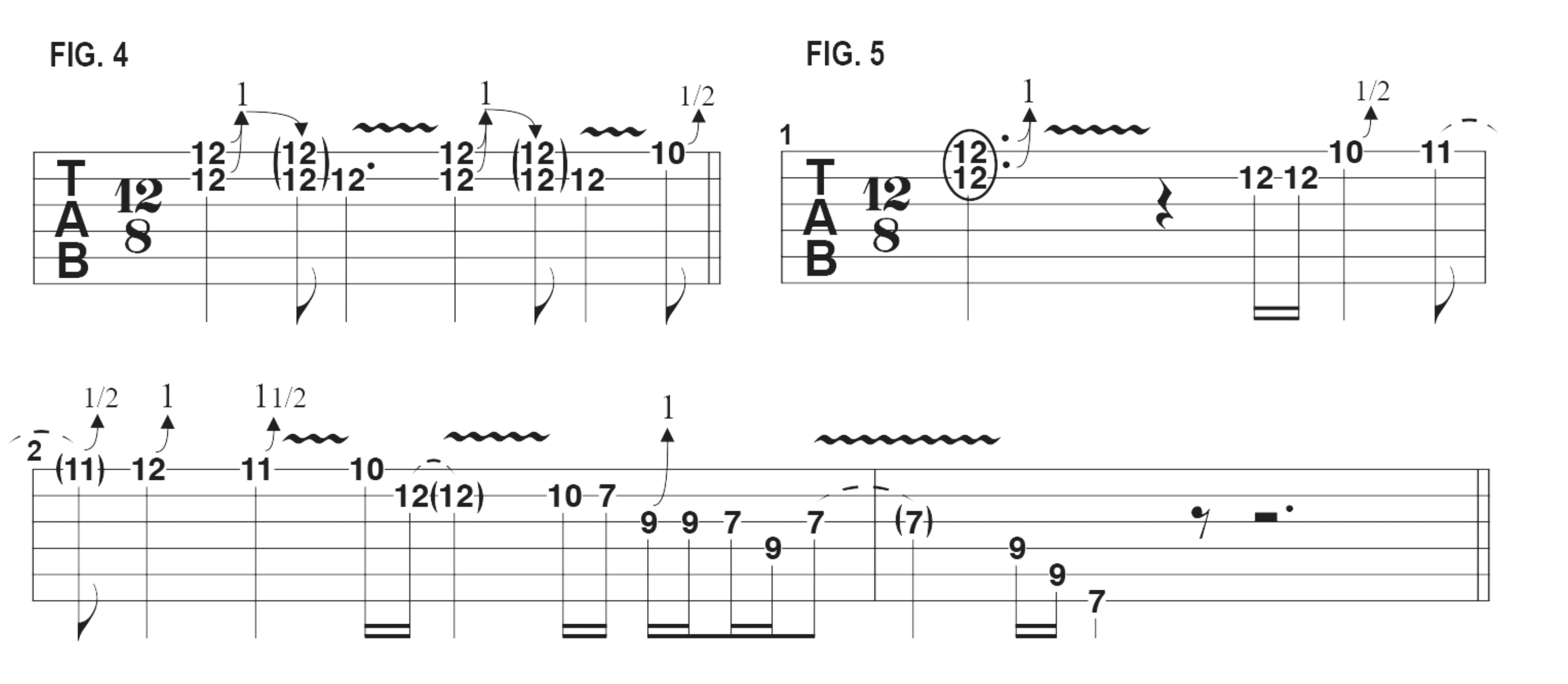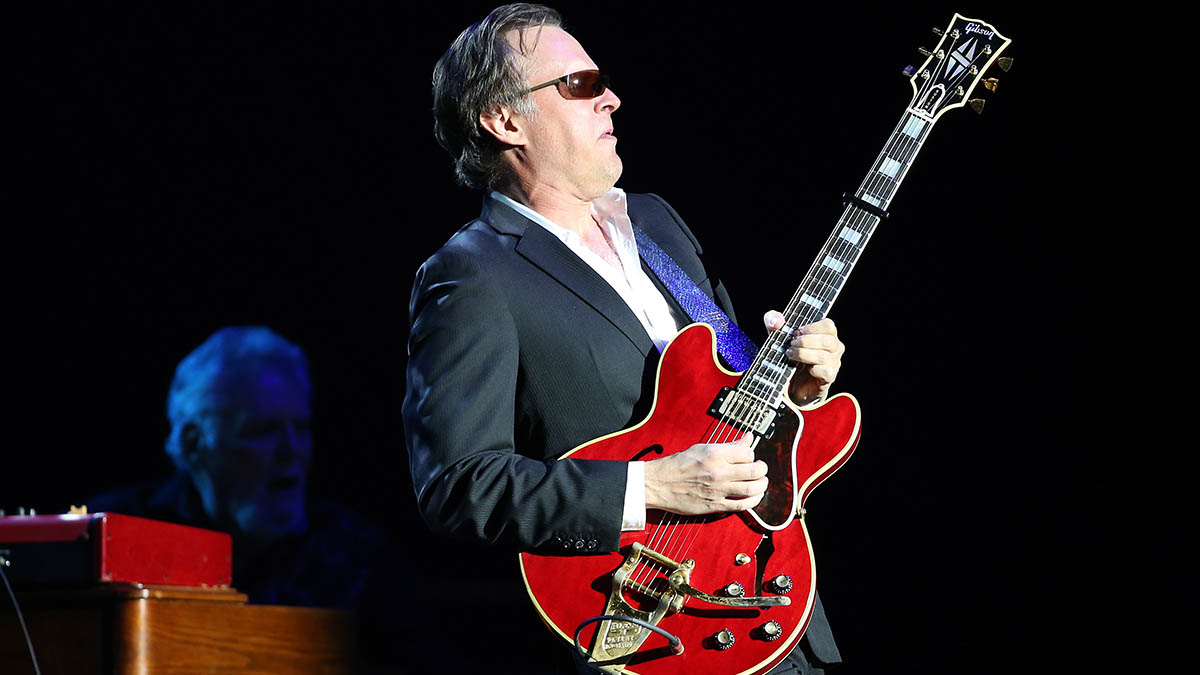“Warren Haynes once said Albert King was the most immaculate blues guitar player because no-one played like him before, and everyone played like him after. I totally agree”: Joe Bonamassa demonstrates the genius of Albert King
Joe Bonamassa pays homage to one of his favourite blues influences – and why he can’t play a slow blues without asking, “What would Albert do?”

On my latest release, Blues Deluxe Vol. 2, I covered the Albert King classic You Sure Drive a Hard Bargain. My guitar of choice for the recording was a 1967 Gibson Flying V in Sparkling Burgundy.
I once had the pleasure of having an audience with all three of Albert King’s main Flying Vs: his 1959 Korina V, which is the guitar he used to record Blues Power at the Fillmore West; his early ’70s custom-made Dan Erlewine V, which has Albert’s name inlaid in the fretboard; and his 1967 cherry red Flying V.
The ’67 V may be less well known than the other guitars but it’s equally important, as rumor has it that Albert used this instrument to cut Born Under a Bad Sign, Crosscut Saw and many other songs.
Warren Haynes once said, “Albert King was the most immaculate blues guitar player because no one played like him before, and everyone played like him after.” I totally agree. You can’t listen to Albert and say, “He got that lick from T-Bone Walker,” because his sound and style are completely unique.
It may have been of some consequence that Albert was originally a drummer and can be heard on drums, credited as Albert Nelson (his birth name) on recordings with Jimmy Reed. Along with his innate sense of melody, Albert’s sense of rhythm is perfect.

Albert’s great signature as a soloist was his use of string bending, especially “overbends” beyond a whole step.
For our version of Hard Bargain, I used a few specific approaches to emulate his sound. Played in the key of B, with licks based primarily on B minor pentatonic (B, D, E, F#, A), bar 1 of FIGURE 1 features E, 1st string/12th fret, bent up a whole step to F#. I then shift down to 7th position to finish this “Albert approved” phrase.

In FIGURE 2, I begin in the same position, but starting on beat 4 of bar 2, I shift up to 12th position and play two-step bends from D on the B string’s 15th fret. Notice how I catch the G string under the bending finger here, resulting in double-stop bends.
FIGURES 3-5 offer more examples of these kinds of Albert-style bend licks. Notice the “stepped” bending at the end of bar 1 into bar 2, as I combine half- and whole-step bends on the notes D, Eb and E.

When playing this way, I like picking the strings with my thumb, as Albert would primarily do. He also played “upside down” – his guitar was strung for a right-handed player, but he flipped it over and played it left-handed.
As a result, the thin strings were near the top side of the fretboard. Because of this, he would pull them down to bend them, instead of pushing them, which produces a completely different sound.

Whenever I play a solo over a slow blues, I’ll think, “What would Albert do?”, which leads me to playing licks like those shown in FIGURES 6 and 7.
FIGURE 8 illustrates an approach to emulating Albert’s style that was taught to me by the great Larry McCray, starting with the index finger fretting the G string and setting up the big vibratos on the B string, fretted with the ring finger.

Get The Pick Newsletter
All the latest guitar news, interviews, lessons, reviews, deals and more, direct to your inbox!
Joe Bonamassa is one of the world’s most popular and successful blues-rock guitarists – not to mention a top producer and de facto ambassador of the blues (and of the guitar in general).
“There’d been three-minute solos, which were just ridiculous – and knackering to play live!” Stoner-doom merchants Sergeant Thunderhoof may have toned down the self-indulgence, but their 10-minute epics still get medieval on your eardrums
“There’s a slight latency in there. You can’t be super-accurate”: Yngwie Malmsteen names the guitar picks that don’t work for shred









![Joe Bonamassa [left] wears a deep blue suit and polka-dotted shirt and plays his green refin Strat; the late Irish blues legend Rory Gallagher [right] screams and inflicts some punishment on his heavily worn number one Stratocaster.](https://cdn.mos.cms.futurecdn.net/cw28h7UBcTVfTLs7p7eiLe.jpg)


